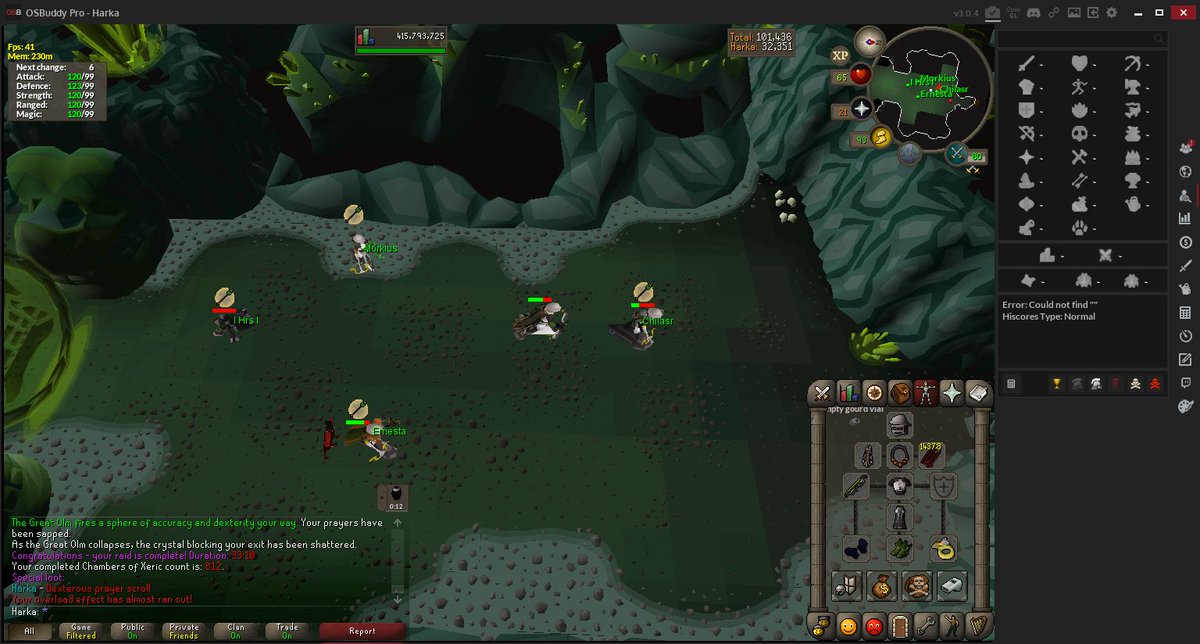
The helmet was buried among other regalia and instruments of power as part of a furnished ship-burial, probably dating from the early seventh century. The ship impression during the 1939 excavation Basil Brown is in the foreground, and Lieutenant Commander John Kenneth Douglas Hutchison in the background. 3.5 Design 3: Unidentified figural scene.She donated them to the British Museum, where the helmet is on permanent display in Room 41. The helmet and the other artefacts from the site were determined to be the property of Edith Pretty, owner of the land on which they were found. It was excavated as hundreds of rusted fragments, and was first displayed following an initial reconstruction in 1945–46, and then in its present form after a second reconstruction in 1970–71. It has become a symbol of the Early Middle Ages and "of Archaeology in general". The visage contains eyebrows, a nose, and moustache, creating the image of a man joined by a dragon's head to become a soaring dragon with outstretched wings. It is described as "the most iconic object" from "one of the most spectacular archaeological discoveries ever made", and perhaps the most important known Anglo-Saxon artefact. The helmet was both a functional piece of armour that would have offered considerable protection if ever used in warfare, and a decorative, prestigious piece of extravagant metalwork.

It was buried around 625 and is widely associated with King Rædwald of East Anglia its elaborate decoration may have given it a secondary function akin to a crown. The Sutton Hoo helmet is an ornately decorated Anglo-Saxon helmet found during a 1939 excavation of the Sutton Hoo ship-burial.


 0 kommentar(er)
0 kommentar(er)
